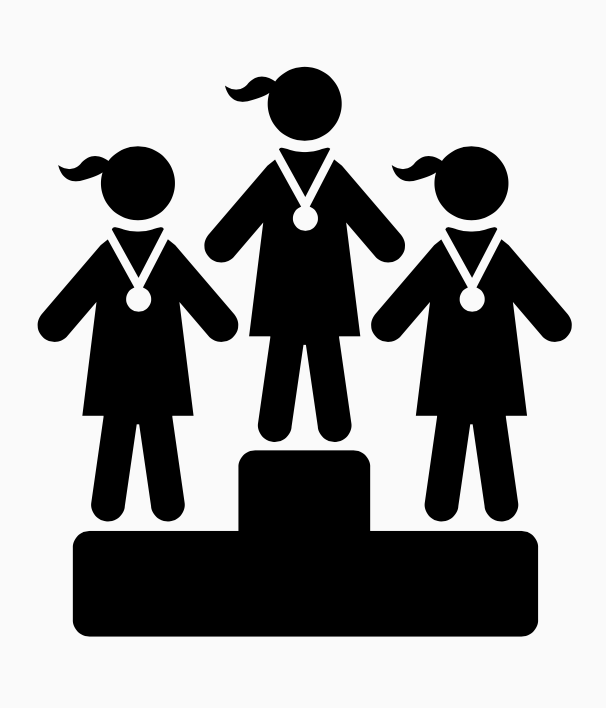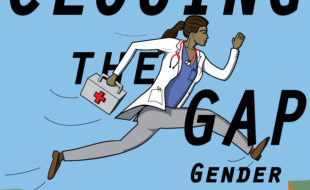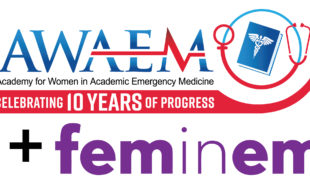The 2nd journal club of the summer. Missed the first? Click HERE.
Resa is joined by Drs. Basmah Safdar and Sara Krzyzaniak.
Basmah is an Associate Professor of Emergency Medicine at Yale University and serves as the Director of the Yale New Haven Hospital Chest Pain Center. She is a nationally recognized scholar in sex and gender-specific research with a focus on cardiovascular health in emergency care. She is a past President of AWAEM
Lead author Sara is a Clinical Assistant Professor/Assistant Program Director at the University of Illinois College of Medicine Peoria/OSF Healthcare Saint Francis Medical Center. She and her ALiEM Faculty Incubator co-authors published their work in the June 2019 issue of Annals of Emergency Medicine
What Emergency Medicine Rewards: Is There Implicit Gender Bias in National Awards?
STUDY OBJECTIVE:
Multiple studies have demonstrated a gender gap in the percentage of women recognized in national awards, but to our knowledge this gap has not been studied within emergency medicine. This study is designed to evaluate the presence of a gender gap in female representation in awards from national emergency medicine organizations in the United States and Canada.
METHODS:
The awards from 5 national organizations during the past 5 years were reviewed. We developed a data extraction tool to identify and categorize the awards and recipients. Data were grouped according to gender distribution and assessed with respect to emergency medicine organization, year of award, category of award, and career phase specified by award.
RESULTS:
The overall percentage of female awardees across all 5 organizations from 2014 to 2018 was 28%. Only 16% of all named awards were named after women, and female awardees were more likely to be recognized early in their career for advocacy and work pertaining to the advancement of women, whereas men were favored for awards recognizing mentorship and organizational contributions.
CONCLUSION:
Emergency medicine is unique among other specialties in that the percentage of women represented in national awards (28%) closely mirrors the overall representation of women in emergency medicine (27.6% in the United States, 31% in Canada). This is in contrast to the documented leadership gap in academic medicine and emergency medicine, which may reflect a lag time between receiving national awards and earning academic and professional promotion. Although some organizations had significantly lower representation of female awardees, the overall trends indicate that women have closed the gender gap in award representation. This may signal a forthcoming change in other domains with established gaps in emergency medicine; specifically, in leadership and pay.
Podcast: Play in new window | Download











